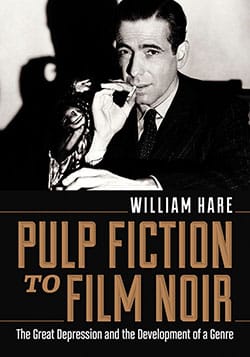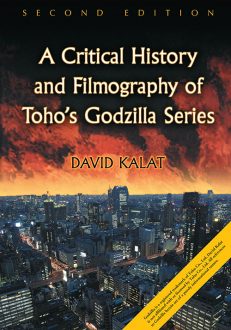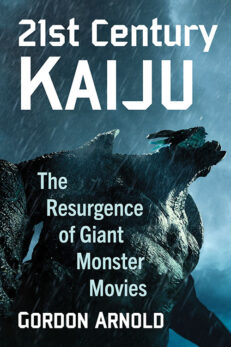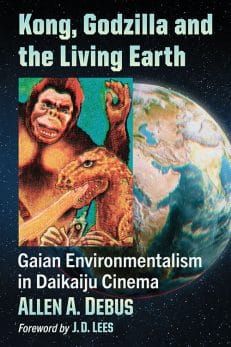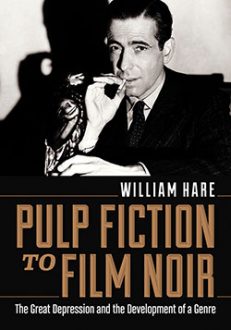Pulp Fiction to Film Noir
The Great Depression and the Development of a Genre
$39.95
In stock
About the Book
During the Great Depression, pulp fiction writers created a new, distinctly American detective story, one that stressed the development of fascinating, often bizarre characters rather than the twists and turns of clever plots. This new crime fiction adapted brilliantly to the screen, birthing a cinematic genre that French cinema intellectuals following World War II christened “film noir.” Set on dark streets late at night, in cheap hotels and bars, and populated by the dangerous people who frequented these locales, these films introduced a new antihero, a tough, brooding, rebellious loner, embodied by Humphrey Bogart as Sam Spade in The Maltese Falcon and Philip Marlowe in The Big Sleep. This volume provides a detailed exploration of film noir, tracing its evolution, the influence of such legendary writers as Dashiell Hammett and Raymond Chandler, and the films that propelled this dark genre to popularity in the mid-20th century.
About the Author(s)
Bibliographic Details
William Hare
Format: softcover (7 x 10)
Pages: 222
Bibliographic Info: 21 photos, notes, bibliography, index
Copyright Date: 2012
pISBN: 978-0-7864-6682-5
eISBN: 978-0-7864-9029-5
Imprint: McFarland
Table of Contents
Acknowledgments vii
Introduction 1
One. Film Noir and the Great Depression 5
Two. The Hammett Touch and a Huston Launching 20
Three. Raymond Chandler and His Symphony of the Streets 37
Four. Captain Joseph Shaw and the Flowering of Film Noir 48
Five. Horace McCoy’s Dance Marathon 57
Six. Chandler’s Blueprint for Mystery and His Career in Hollywood 78
Seven. The Outsider and Film Noir 103
Eight. Bogart’s Dark Passage and Moorehead’s Blockbuster Performance 116
Nine. Berlin and Vienna, Film Noir Influences 133
Ten. Siodmak’s Phantom Femmes 149
Eleven. Billy Wilder and Alcoholism Noir 167
Twelve. Preminger’s Noir Touch with Fallen Angel and Alice Faye 180
Chapter Notes 199
Bibliography 202
Index 205
Book Reviews & Awards
- “Hare takes readers on a tour of film noir, its dark settings, its brooding, almost anti-hero heroes…Hare provides a sense of film noir both in terms of what appeared on screen and the actors, directors, authors, and others who made it possible”—Reference & Research Book News

